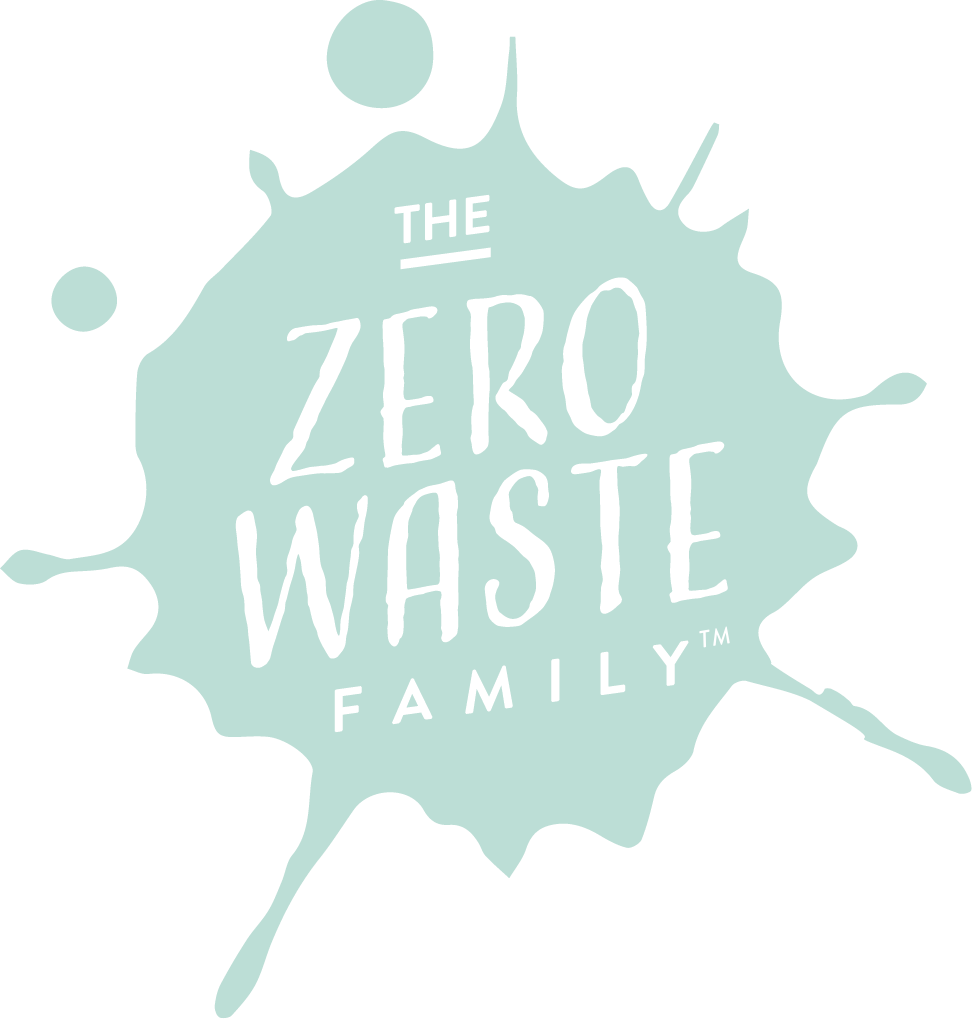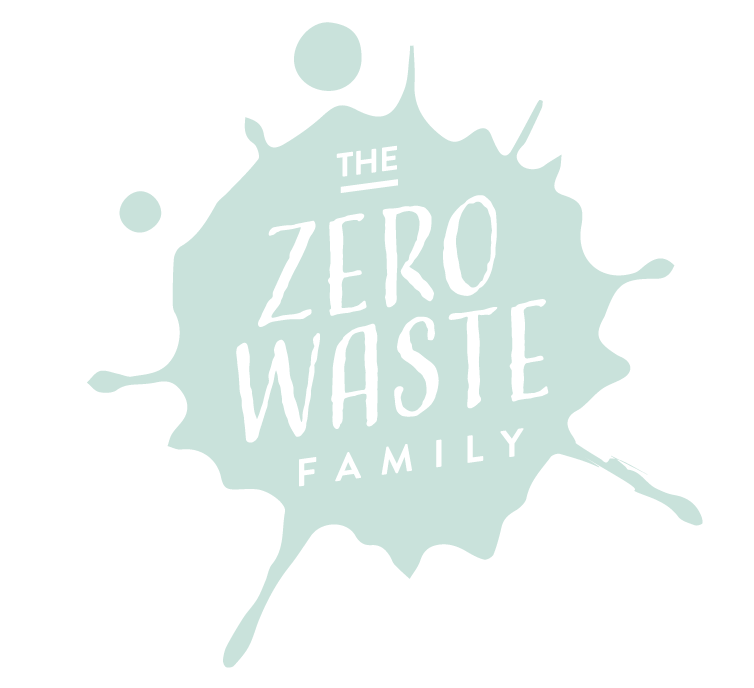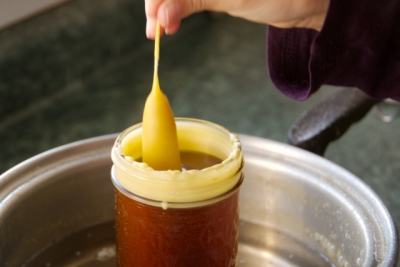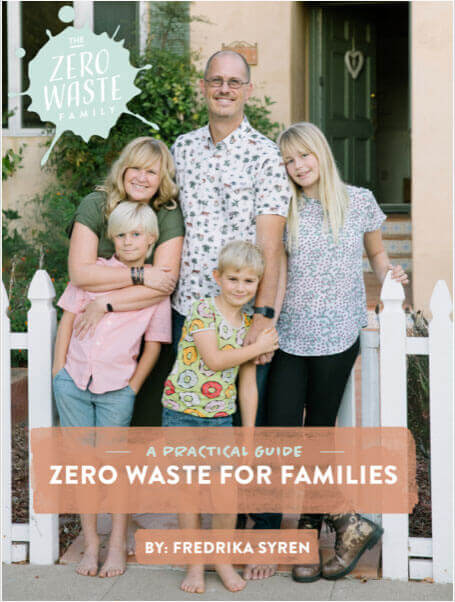With winter approaching, thoughts of hearth and home begin to enter our minds. I start thinking of comfort foods I want to make and craft projects I want to try on blustery cold days. Some nice music and the soft, warm light cast by beeswax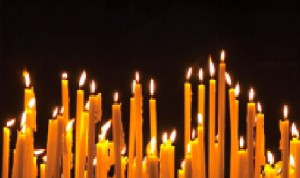 candles set the mood perfectly. So how about making your own hand-dipped beeswax candles? They’re rustic looking, make great hostess or holiday gifts, and are much easier to make than you might imagine.
candles set the mood perfectly. So how about making your own hand-dipped beeswax candles? They’re rustic looking, make great hostess or holiday gifts, and are much easier to make than you might imagine.
Natural candles can be made from beeswax, soy (or other plant waxes), or tallow (animal fat). Unfortunately, 95% of store-bought candles are made from paraffin, a petroleum byproduct that requires additional chemicals to harden and scent. Paraffin releases toxins into the air while it burns.
Paraffin pollutes even when it’s not burning. According to an article in the M.D.-written “Nutrition and Healing” newsletter, “paraffin is made from the sludge at the bottom of barrels of crude oil, which is then treated and bleached with benzene and other chemical solvents to ‘clean it up’ for use in candles,” and “the soot, smoke, and chemical residue from ‘regular’ candles can stick to walls, ceilings, and ventilation ducts and gets re-circulated whenever the heating/cooling system is in action, exposing you to these pollutants even when the paraffin candles aren’t burning.”
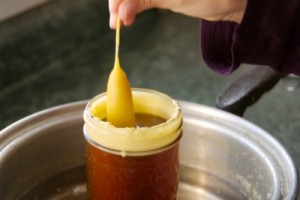 Beeswax candles, however, are clean burning, producing virtually no smoke or soot. When made with 100% pure, unbleached, all-natural beeswax, they are naturally hypoallergenic. Burning beeswax actually emits negative ions, which naturally clean the air by attaching to positively charged ions such as dust, smoke, toxins, or odors.
Beeswax candles, however, are clean burning, producing virtually no smoke or soot. When made with 100% pure, unbleached, all-natural beeswax, they are naturally hypoallergenic. Burning beeswax actually emits negative ions, which naturally clean the air by attaching to positively charged ions such as dust, smoke, toxins, or odors.
Naturally fragrant, with a subtle honey scent, they produce a bright, clear, steady flame and beautiful illumination. Since beeswax has a higher melting point (150 degrees Fahrenheit) than paraffin, it burns more slowly and efficiently, and is therefore more economical. Beeswax tapers are efficient; they are virtually dripless when placed away from drafts. They also create a brighter flame than other candles and produce a warm honey colored glow.
How to make your own DIY beeswax tapers:
Set up a double-boiler with a tall tin can to melt the wax. It should be tall enough to accommodate the desired length of your tapers. Chop the wax into small pieces to speed up melting. Use a chopstick to stir. Spread newspaper over the floor and counters.
Cut lengths of natural hemp cord to approximately three times the desired length of the tapers. Be sure to use hemp cord, as regular cotton wick doesn’t work well with beeswax’s high melting point. Soak the cords in the beeswax, then lay them out straight on newspaper to dry.
Bend dried cord in half, and start dipping! Here’s where you can get the kids to help. They’ll learn patience and the value of waiting for results. Be sure to provide uninterrupted supervision while they’re near the melted wax. After each dip,  gently straighten the wicks, and allow to dry for about 30 seconds before dipping again. Use a wooden dowel to hold two or three sets at once. Continue until tapers reach your desired thickness, usually ½ to 1 inch. Consider making a few small skinny ones for homemade birthday candles.
gently straighten the wicks, and allow to dry for about 30 seconds before dipping again. Use a wooden dowel to hold two or three sets at once. Continue until tapers reach your desired thickness, usually ½ to 1 inch. Consider making a few small skinny ones for homemade birthday candles.
Hang tapers over a wooden dowel set up over newspapers and leave to dry thoroughly. Store in a cool, dry, dark place until ready to use or gift.
Don’t care to go to all that trouble of dipping? Simply pour the melted wax into votive candle holders or even old glassware. Prepare pre-cut wicks for the appropriate length, then soak in wax and allow to dry for stiffness. Insert wick(s) immediately after pouring wax. Allow to dry completely.
There’s nothing quite as welcoming as a home filled with the soft warm glow and subtly sweet honeyed scent of beeswax candles. Handcrafted candles make perfect gifts for all occasions. Just tie a pretty ribbon around them and you’re golden!
